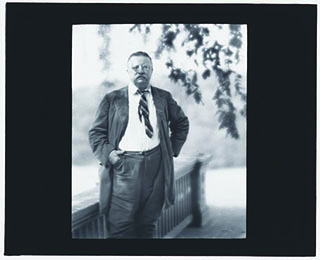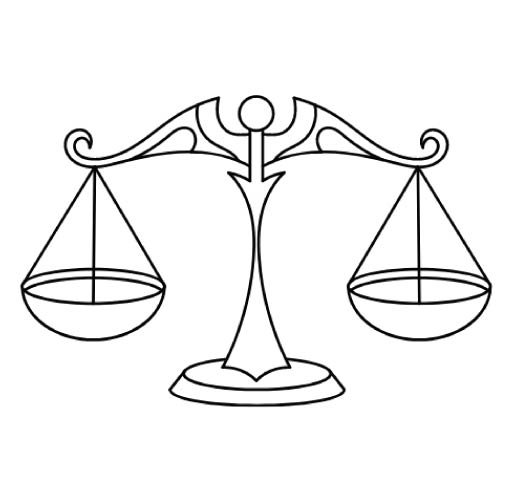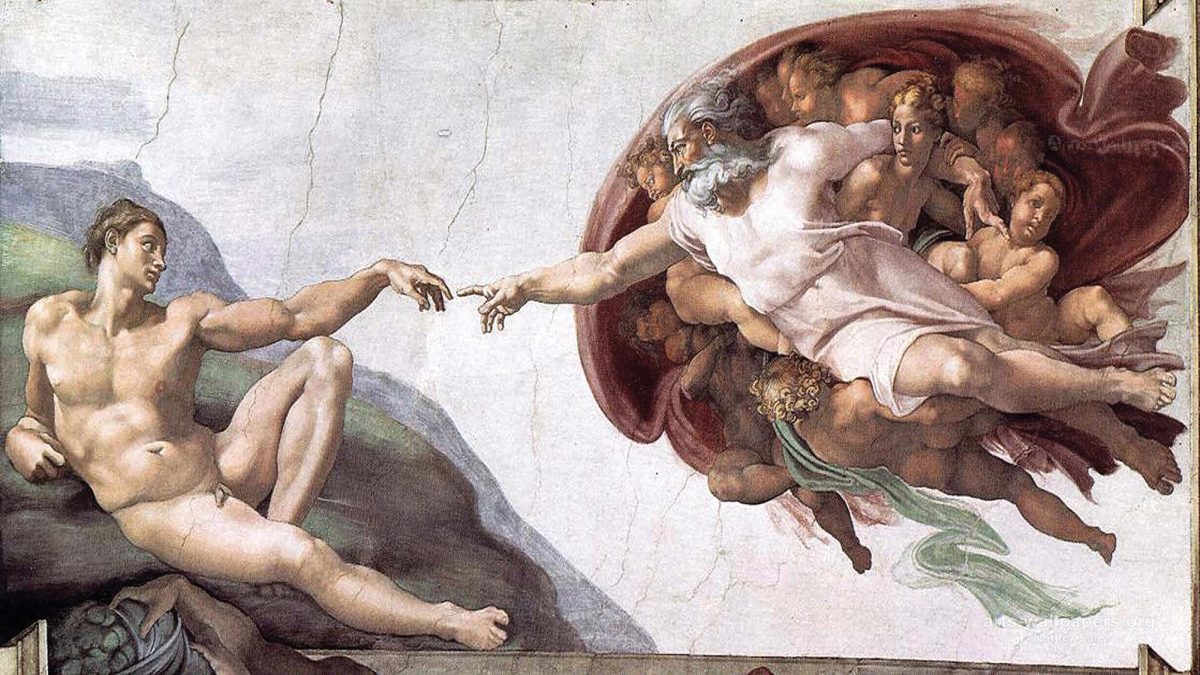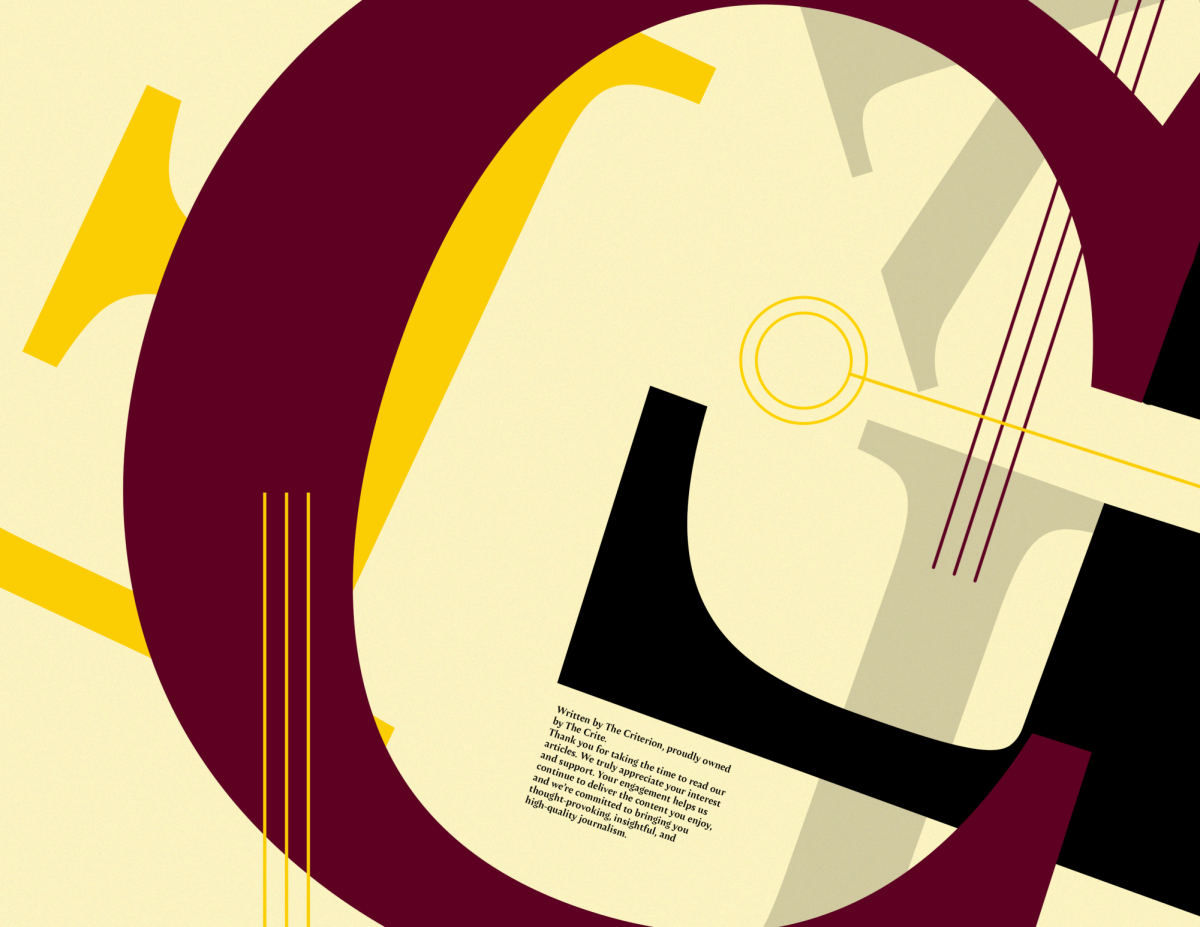Theodore Roosevelt, the 26th president of the United States, is carved in all his elegance upon Mount Rushmore, well known for his love for the outdoors and having a bear named after him. On the surface, one could simply call President Roosevelt a feral mountain man turned trust-busting president. However, his story is so much more interesting than that.
With our recent run of horrible politicians, who have turned out to be even worse people, learning the wild and whimsical history of Theodore Roosevelt is a much needed pallet cleanser.
Roosevelt was born on Oct. 27, 1856 in New York City, NY. As a child, he was diagnosed with severe asthma, and was told by the doctors to not do anything that might even risk a flare up. Now, what did the young Roosevelt do upon hearing this recommendation? He ignored it. It wouldn’t be wrong to speculate that having severe asthma could be a problem when being an active kid, yet he overcame his affliction with sheer force of will.
The outdoors were Roosevelt’s sanctuary, where he spent his time exploring outside and observing the nature around him. He also held an intense love for sports, taking up boxing and wrestling after being targeted by bullies in his youth. Roosevelt grew up to be a gentleman and a scholar, on top of partaking in the Harvard rowing and boxing teams. Roosevelt graduated Harvard Magna Cum Laude.
In 1881, at the age of 23, Roosevelt won a seat in the New York State Assembly, taking it upon himself to sniff out corruption and fight for honest government. After losing political favor in 1883, he became a cowboy and worked on a cattle ranch. While taking a break from traveling through the Dakota Territory, Roosevelt got into a bar fight with an armed man, where he proceeded to pollywop him unconscious. He literally brought a fist to a gunfight, and still won.
When a bad winter killed his cattle, Roosevelt was forced to leave the ranching business, leading him on a path to reforming the deeply corrupted NYPD while working as the president of the Board of Police Commissioners in 1895. After his reformations were made, Roosevelt helped William McKinley become president of the United States, landing him the job of assistant secretary of the Navy. Clearly, Roosevelt didn’t believe in cushy jobs, and was practically the king of sidequests, as displayed when he resigned his position during the Spanish-American war in order to form the volunteer cavalry regiment “the Rough Riders” and willingly fight in the frontlines.
After serving as Vice President for just six months in 1901, President McKinley was assassinated, leading to Roosevelt becoming the youngest person to hold the nation’s highest office. Taking a strong, people-first stance, his sights landed on reforming how businesses and government agencies treated the very citizens he served. Some of his most notable accomplishments include regulating abusive monopolistic corporations, enforcing regulations for food and medication, promoting environmental and natural resource conservation, expanding the National Park Service and pushing for the creation of the Panama Canal.
Roosevelt passed nearly as many executive orders as the previous 25 presidents combined, and while being elected as a conservative, many of his policies were quite progressive for the time.
On the note of sidequests, after his terms ended in 1909, Roosevelt promoted his friend, William Howard Taft, to become president. It was then that he traveled to Africa, where he hunted 11,000 animals and collected 10,000 specimens of plants for the Smithsonian Museum of Natural History. When Roosevelt returned in 1910, he was repulsed by how Taft was running the country and decided to return to politics for a third term. Unfortunately, he lost the Republican nomination.
In response, he created the Bull Moose Party. During his campaign in 1912, before giving a speech, a man in the crowd shot him in the chest in an attempt to assassinate him. Now, normally, you’d think that at this point he would have been rushed to the hospital to prevent him from dying to his wounds. But no, this is Theodore Roosevelt that we are talking about.
This man went on to finish his 90 minute speech and only after he finished speaking did he allow medical treatment, stating, “It takes more than that to kill a Bull Moose!” His stunt with the Bull Moose Party may not have resulted in another term for Roosevelt, but it sure as hell prevented Taft from getting a second.
Even during his retirement, Roosevelt remained an icon, at one point asking for permission from President Wilson to fight in World War I at the age of 58. Wilson, the buzzkill that he was, said no. Roosevelt passed away in 1919 at the age of 60 It is said that death had to take him in his sleep or else there would have been a fight. To this day, his contributions make impacts within our country, and his legacy is remembered in good favor from both major political parties.









